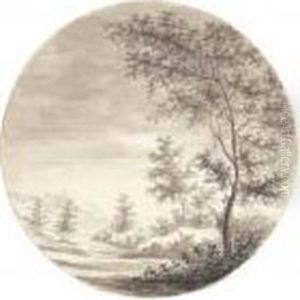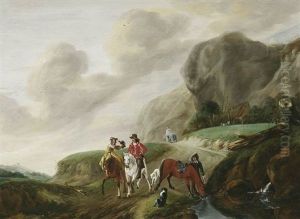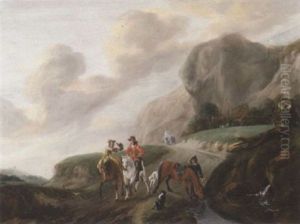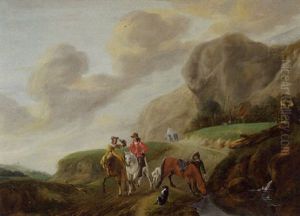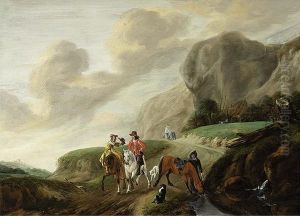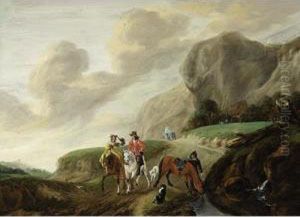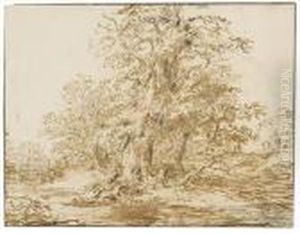Claes Van Beresteyn Paintings
Claes van Beresteyn, also known as Nicolaes van Beresteyn, was a Dutch Golden Age painter whose life and work, while not as widely known as some of his contemporaries, reflected the artistic and cultural milieu of the 17th century Netherlands. He was born in 1627 in Delft, a city that was to become famous for its Delftware ceramics and for being the home of artists such as Johannes Vermeer and Pieter de Hooch.
Van Beresteyn's work was mainly focused on portraiture, which was a popular genre among the Dutch middle class of the period. The economic prosperity of the Netherlands during this time allowed for a burgeoning market for portraiture, as merchants, civic leaders, and other affluent citizens sought to immortalize themselves and their families through art. Van Beresteyn's style was typical of the Dutch Golden Age, characterized by a keen attention to detail, a rich palette, and an emphasis on realistic depiction of his subjects.
Despite the quality of his work, Claes van Beresteyn did not achieve the same level of fame as some of his contemporaries. Little is known about his training or his personal life, and his work has often been overshadowed by the more prominent figures of the era. However, his portraits are valued for their historical significance and their representation of the individuals who played a role in the cultural and economic life of 17th century Netherlands.
Claes van Beresteyn's death occurred in 1684. His legacy is preserved in the portraits that remain, which offer a glimpse into the world of the Dutch Golden Age and the people who lived during that time. While he may not be a household name, his contributions to Dutch art are nonetheless an important part of the historical tapestry of the period.
